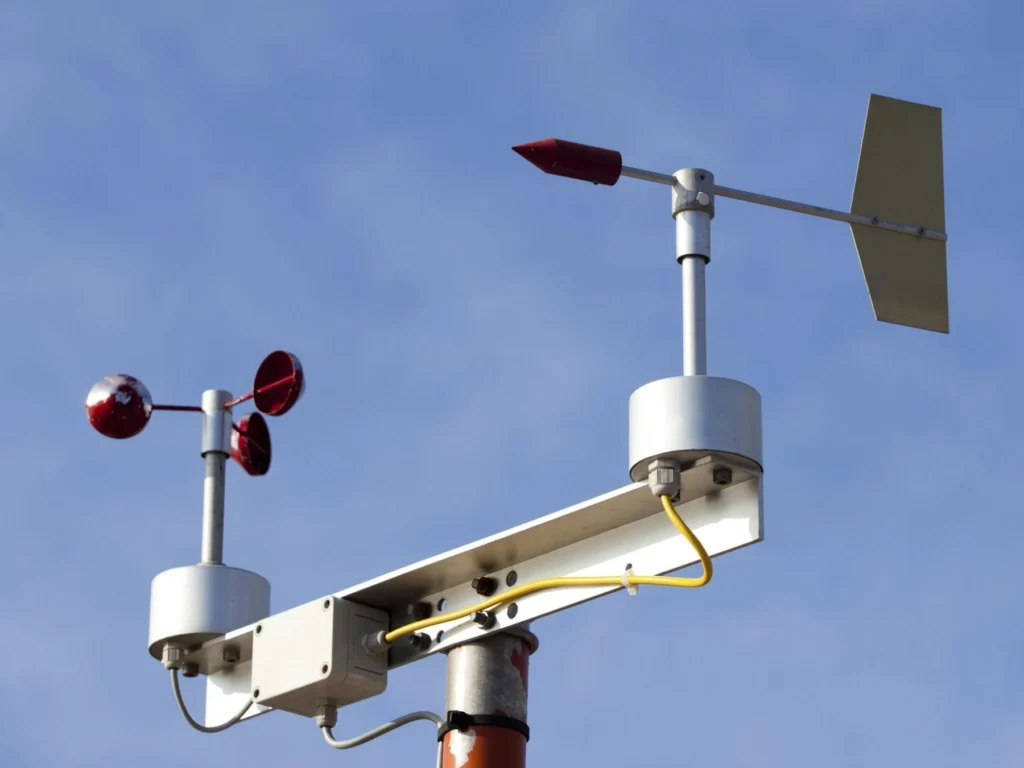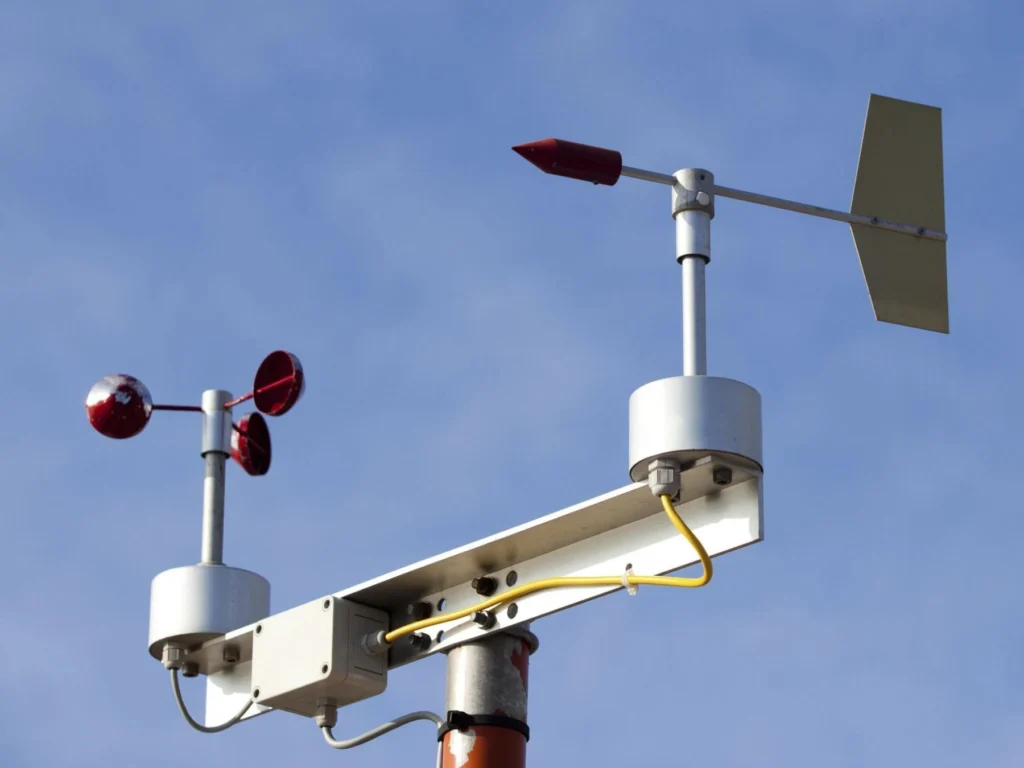
# Anemometer: The Instrument for Measuring Wind Speed
Wind speed is a crucial parameter in various fields, including meteorology, aviation, and environmental studies. To accurately measure wind speed, scientists and engineers rely on a specialized instrument known as an anemometer. This device has been instrumental in providing precise data that helps in weather forecasting, climate research, and even in the design of wind turbines.
## What is an Anemometer?
An anemometer is a device used to measure the speed of wind. It is an essential tool for meteorologists who need to gather data on wind patterns and velocities. The term “anemometer” is derived from the Greek word “anemos,” meaning wind, and “metron,” meaning measure. There are several types of anemometers, each designed to measure wind speed in different ways.
### Types of Anemometers
1. **Cup Anemometer**: This is one of the most common types of anemometers. It consists of three or four cups mounted on horizontal arms, which are attached to a vertical rod. As the wind blows, the cups rotate, and the speed of rotation is proportional to the wind speed. The number of rotations per unit time is then converted into a wind speed reading.
2. **Vane Anemometer**: Also known as a windmill anemometer, this type uses a propeller or a set of blades that rotate when exposed to wind. The rotation speed is measured and converted into wind speed. Vane anemometers are often used in handheld devices for quick and easy measurements.
3. **Hot-Wire Anemometer**: This type uses a thin wire heated to a constant temperature. As wind passes over the wire, it cools down, and the amount of cooling is proportional to the wind speed. Hot-wire anemometers are highly sensitive and are often used in laboratory settings.
4. **Ultrasonic Anemometer**: This advanced type uses ultrasonic sound waves to measure wind speed. It consists of multiple pairs of transducers that send and receive sound waves. The time it takes for the sound waves to travel between the transducers is affected by the wind speed, allowing for precise measurements.
## Applications of Anemometers
Anemometers are used in a wide range of applications:
– **Meteorology**: Anemometers are essential for weather stations to measure wind speed and direction. This data is crucial for weather forecasting and understanding climate patterns.
– **Aviation**: Pilots and air traffic controllers use anemometers to monitor wind conditions at airports, ensuring safe takeoffs and landings.
– **Environmental Studies**: Researchers use anemometers to study wind patterns and their impact on ecosystems, air quality, and climate change.
– **Wind Energy**: In the renewable energy sector, anemometers are used to assess wind resources and optimize the placement and operation of wind turbines.
## Conclusion
The anemometer is a vital instrument for measuring wind speed, providing valuable data across various fields. From simple cup anemometers to advanced ultrasonic models, these devices have evolved to meet the needs of modern science and technology. Whether it’s for predicting the weather, ensuring safe flights, or harnessing wind energy, the anemometer plays a crucial role in our understanding and utilization of wind.
Keyword: instrument to measure wind speed
